It’s always quite a fantastic victory when a passionate Kickstarter gets funded. WORLD WAR KAIJU (which by default is probably the greatest-sounding title of all time) started simply as a project on the funding site which eventually saw the light of day and is now easily purchased from different sites. What’s special about projects such as this is that the people behind them know the subject very well, and in essence want to create a dream product, rather than for corporate reasons. Obviously with Pacific Rim and GODZILLA most people should be aware that “kaiju” is Japanese for giant monster. This book serves as a homage and a new take on the genre. It does fall in a few areas but remains a pretty engaging read throughout.
“What if Doctor Strangelove created Godzilla?”
World War Kaiju is the story of an alternate history, one in which the atom bomb was never created and the ultimate weapon of mass destruction is the kaiju—fifty foot tall radioactive beasts spawned from the mysterious KAI-235 isotope. Follow the journey of one journalist as he teams up with a retired CIA operative to uncover the truth about the conspiracy behind the monsters…
An alternate history is an interesting concept, and writer Josh Finney utilizes it well. The way the story is done is not typical, so depending on the viewer it could be a good or bad thing. It’s mainly told through an interview between a journalist named Keegan and former CIA agent Hampton. Keegan is a likable character throughout, representing true journalism as he tries to uncover the secrets about government’s usage of the kaiju. We’ll get to the core of the words momentarily, but first it’s important to mention how engaging the dialogue is as these two go back and fourth. The interview format really worked here.
The intro nicely established the tone for the alternate history, as the US at the end of World War II unleashed not an atomic bomb, but a giant monster. It is of course reminiscent of the 1954 Godzilla film Gojira. The bleak atmosphere is done perfectly as the Japanese are caught off guard by this giant super beast, or as the story calls him: “King of the Beasts.” Apparently the title given to this monster in the story is dubbed “Fat Man” by the Americans, but since I can’t say that with a straight face I’ll refer to him as the Japanese called him: Ryujin. This monster was of course one of the main highlights, nicely being a homage to the big G himself.
The rest of the book deals with Keegan asking Hampton questions on the conspiracies, and government’s usage of kaiju. It works well for Book One, though I hope in the second volume it goes a different route since there isn’t much else to be done here in this format. There are many astonishing things to capture as a longtime Godzilla fan. Not only is the famous “Shogun Warriors Shooting Fist Godzilla” given a homage, but so is the incredibly rare “Godzilla Battles the Tricephalon Play Set” from back in the day. These homages are certainly welcome, but also I think the book goes a bit overboard. The primary example is the scene with the Pixies. These little ladies are an obvious homage to the Shobijin from the Godzilla series. This isn’t a bad thing since they’re fun to have around in the story, but their monster is literally called “Mohdrah.” (Sound familiar?) In this sense the story appeared to be even half parody. I suppose if the intent was to make longtime fans have a good laugh, then it succeeded.
The story with its alternate history setting opens up a cool concept of Americans having their kaiju weapons while the Soviets have their’s. So instead of a nuclear arms race, we have monsters. It’s a really unique concept, and hopefully in Book Two it’ll expand more as we see the implications. The usage of real life figures during this time period adds to the atmosphere of this fictional historical adventure. I feel though that the language used goes a bit overboard especially with Harry Truman, in 1947, using an expletive. I don’t think that language existed back then as it does unfortunately today. The pacing is solid, which can be a challenge for a story in this format. Just when the viewer is starting to wonder where the action is, the books treats them to some great pages, though still lacks in battle scenes.
One of the primary reasons which make the book stand out is the unique digital art by Patrick McEvoy. All one needs to do is look at the intro. Page 10 in particular features a very ominous portrait of Ryujin in the background as radiation engulfs the air around him. The fight between Mohdrah and Razorbeak was one of the best parts of the story and teases just how amazing kaiju fights can be in this art format. Hopefully Book Two delivers more in this department. A giant rat might appear silly to some, but the art makes it appear quite horrific. It is however bizarre that the art randomly switches to traditional comic drawn style. It doesn’t make sense in-story and comes off as almost distracting.
Overall, Book One of WORLD WAR KAIJU is a very interesting read for longtime fans of the genre. The homages are everywhere, (even using the names Serizawa and Tsuburaya for characters) and even goes slightly over the top. (I think a better name than Mothra spelled with a ‘d’ could have been chosen) It’s not a perfect story but it nicely sets the tone and atmosphere for a unique take on the Japanese monster genre. The art is fantastic and hopefully in Book Two it can really let loose. WWK is definitely worth a look.
A big thanks to our friends over at 01 Publishing – if you’re intrigued and want to read this for yourself then do order it from the official website. It’s worth it!



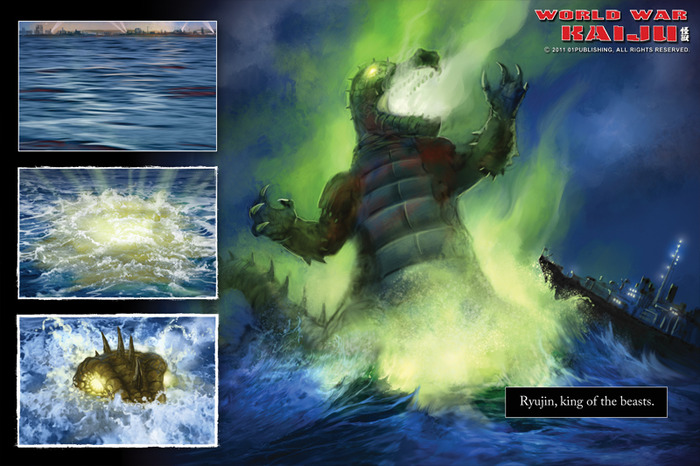
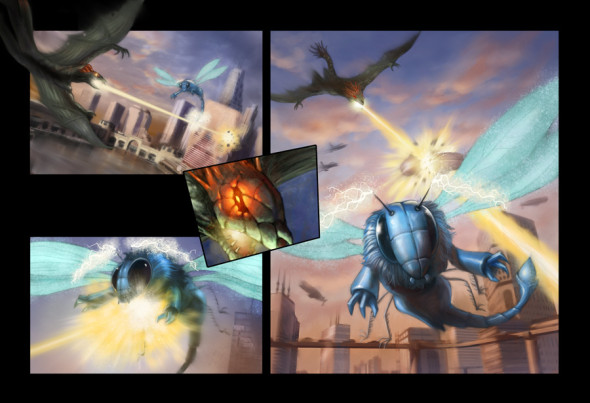
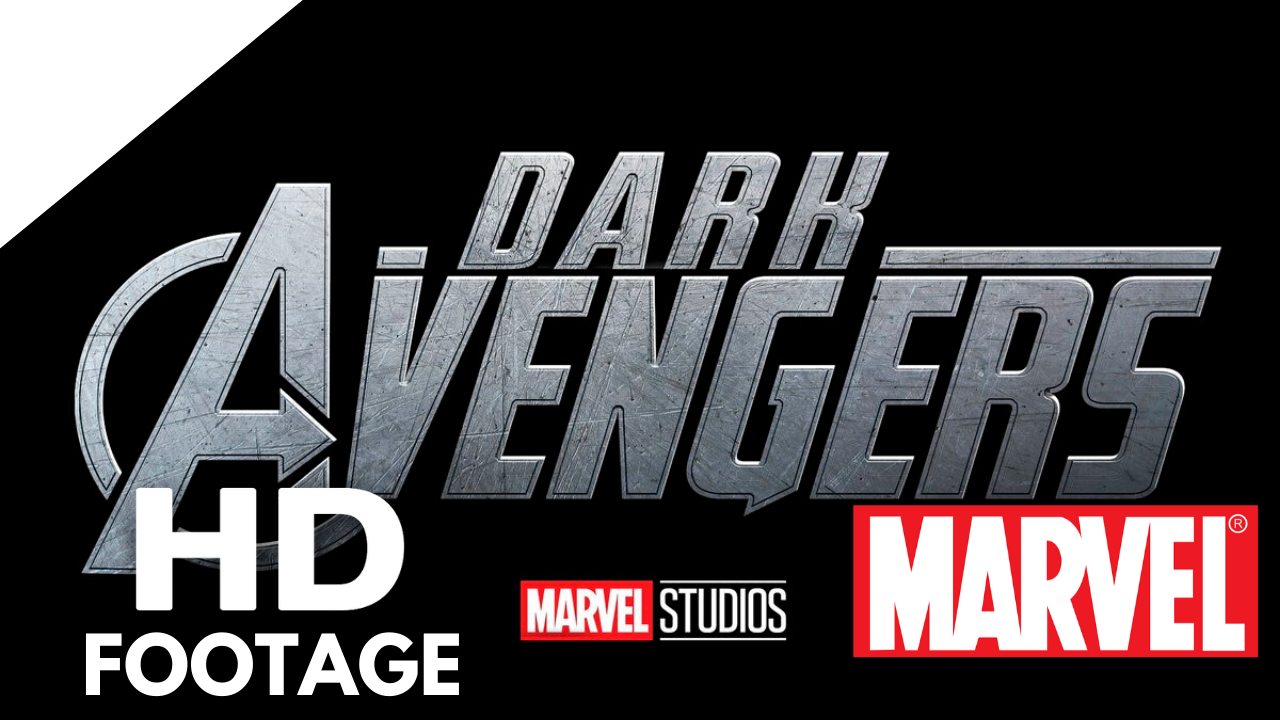
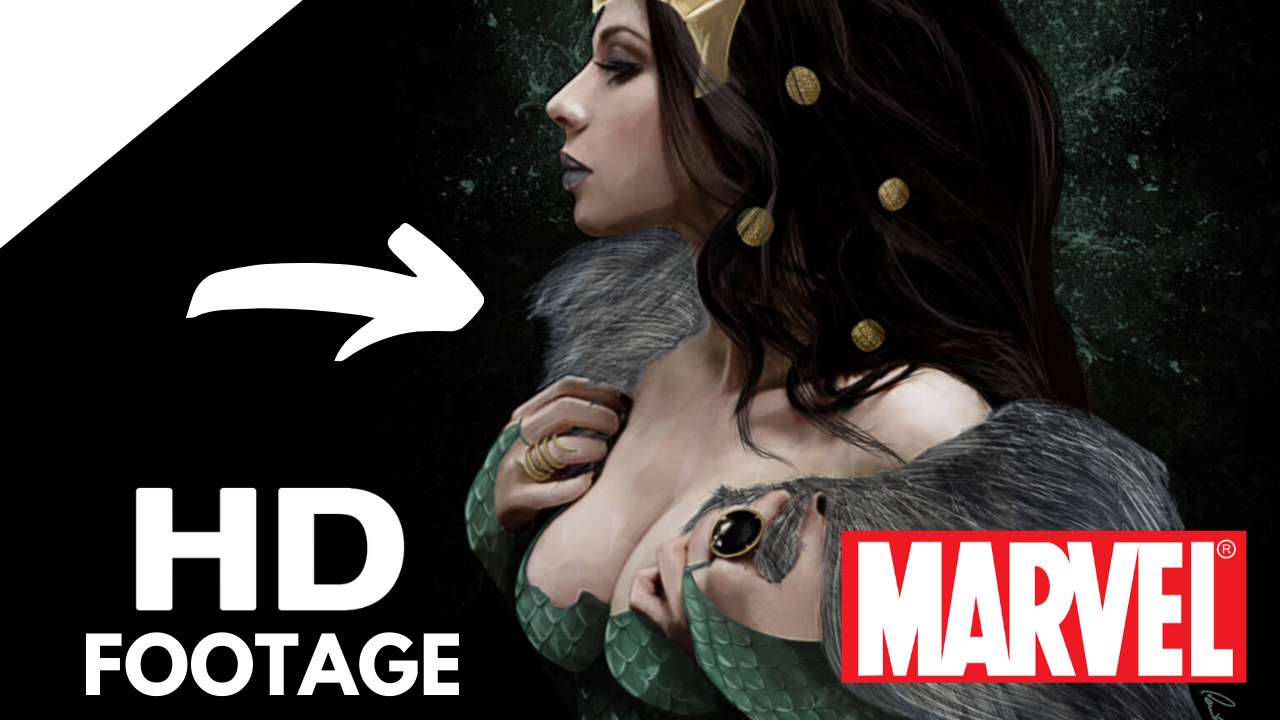

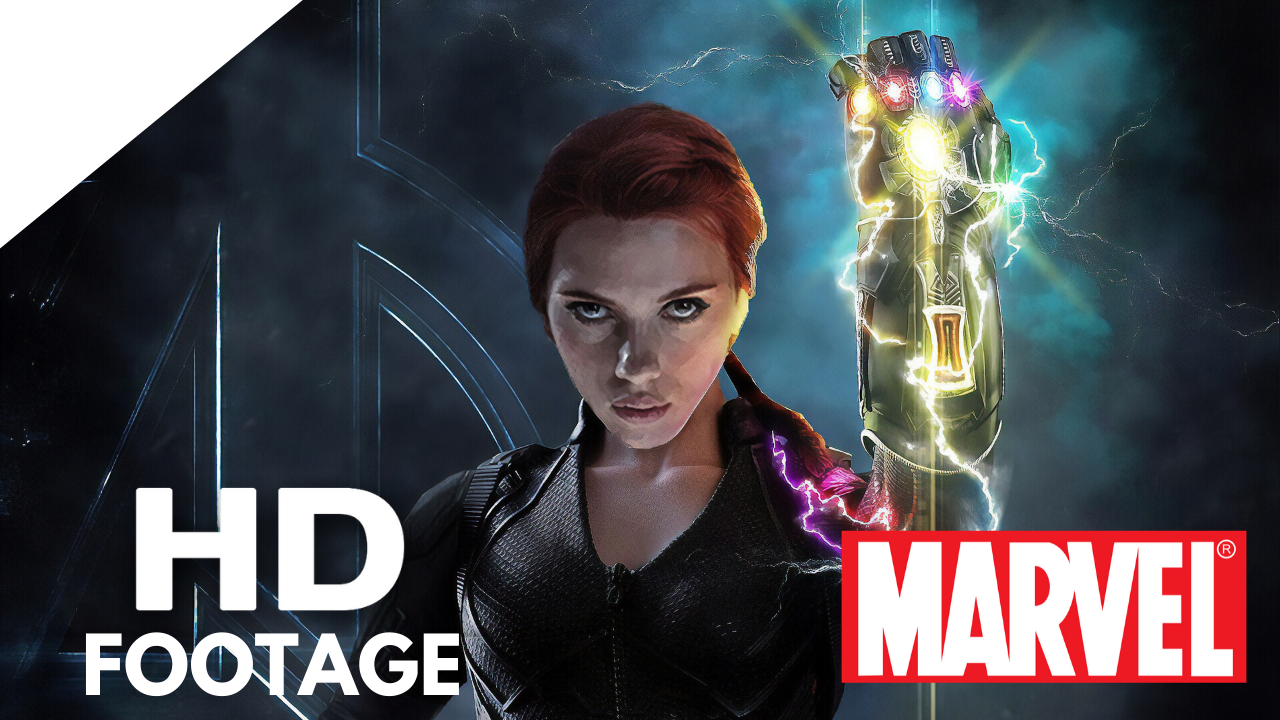
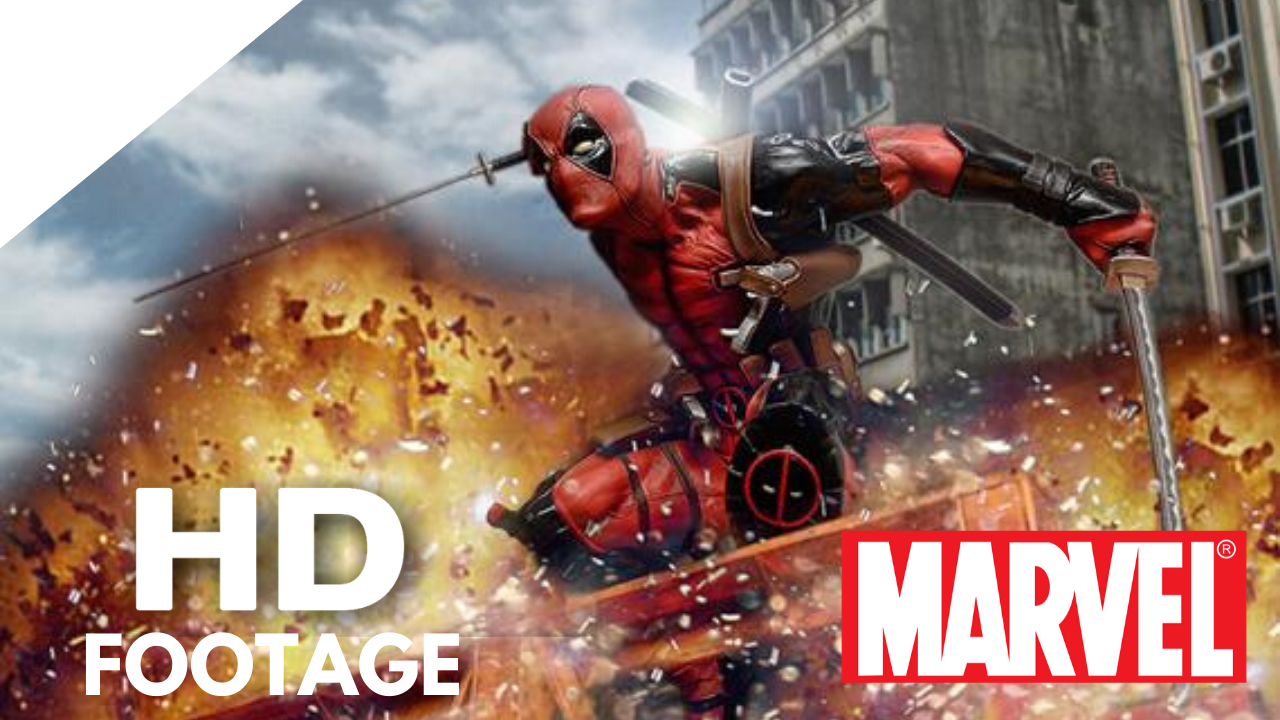
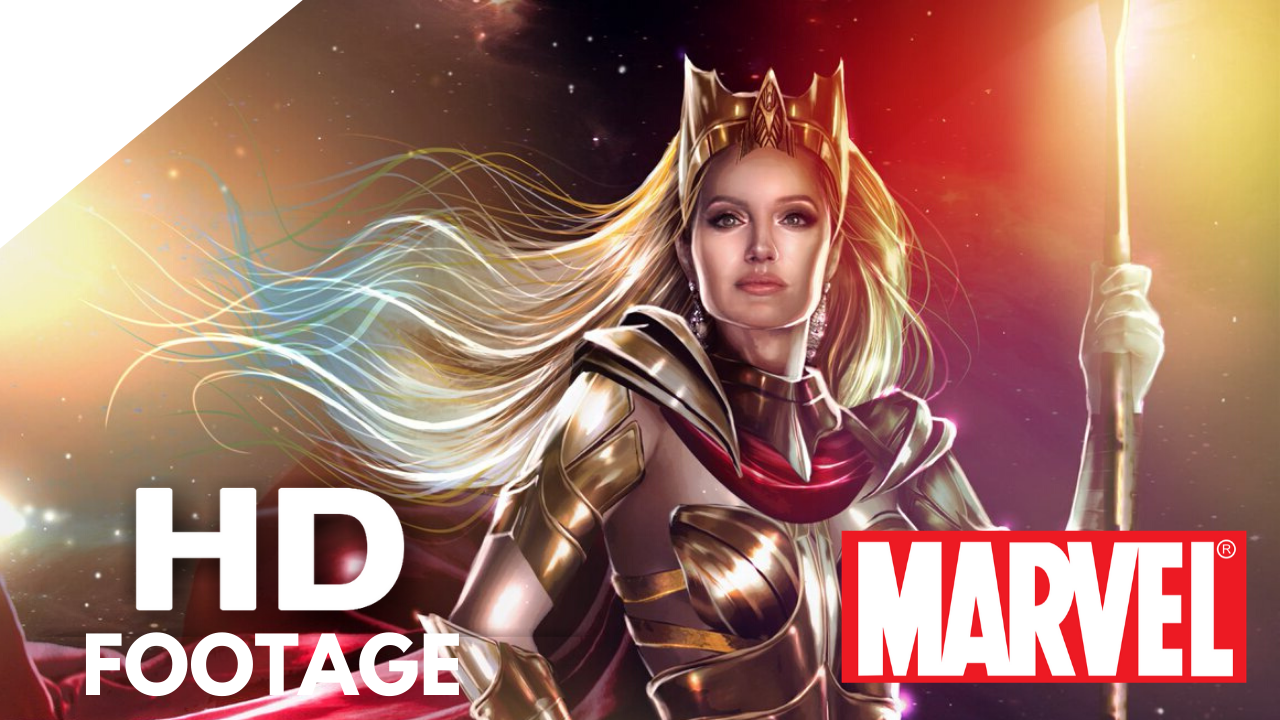
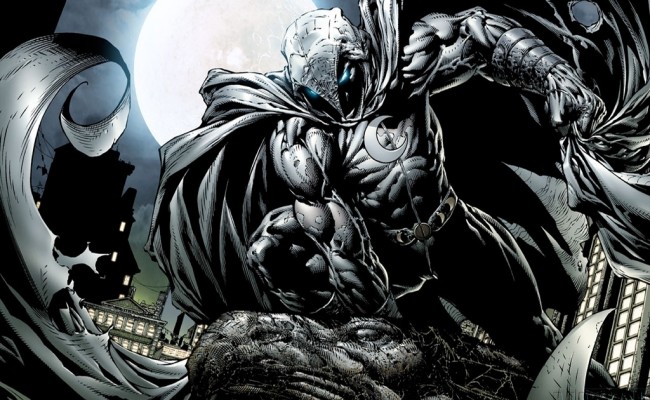
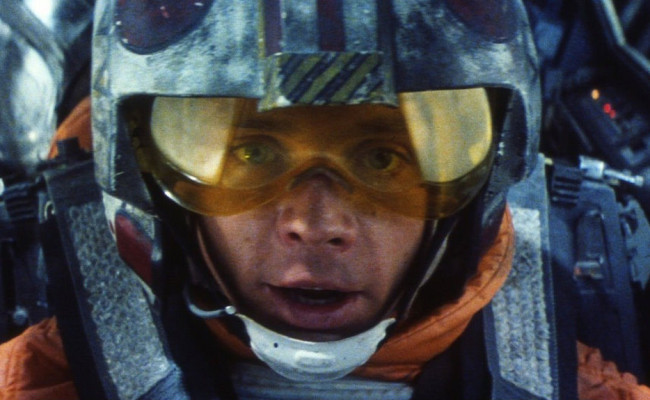
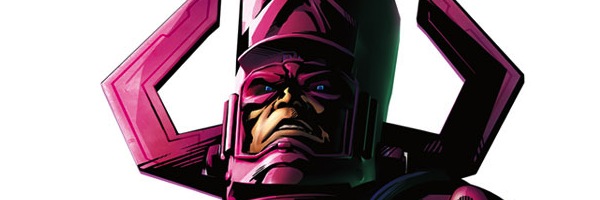
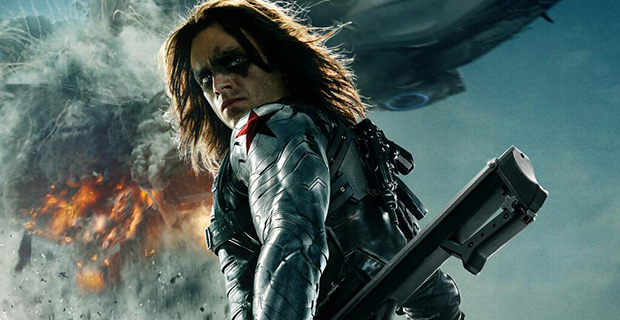
S#!T Talking Central